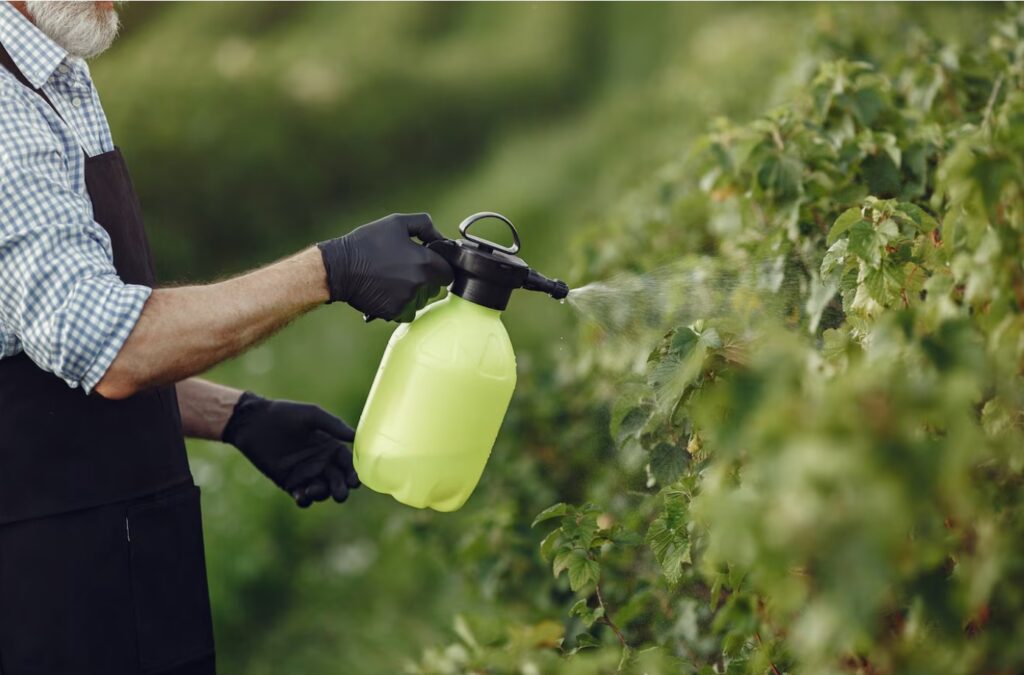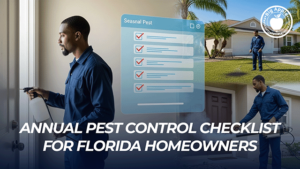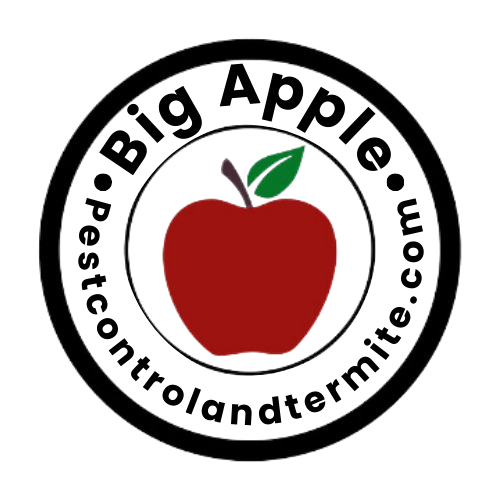People in business operations and residential homes have always struggled with pest control issues. Modern methods of pest control continue to evolve swiftly by adopting safer and more sustainable approaches. Integrated Pest Management (IPM) drives this transformation through its green pest management system. The future direction of pest control relies on IPM, which represents what it stands for, but what are its exact practices?
Integrated Pest Management (IPM): Why It’s the Future of Safe Pest Control

This blog explains all the essential aspects of Integrated Pest Management (IPM) and why it’s the future of safe pest control. IPM knowledge benefits all property owners, farmers, and business people by offering effective methods to solve pest problems through safer, sustainable techniques.
What Is Integrated Pest Management (IPM)?
The science-based holistic pest management method of Integrated Pest Management focuses on achieving safety and sustainability outcomes. IPM superseded conventional pesticide methods by uniting several pest management techniques into a system that protects the environment. The main aim remains to reduce harm to living things and the ecosystem structure while reaching effective pest population control targets.
IPM uses biological control methods together with physical barriers, supporting cultural practices as primary defense strategies, and applying targeted pesticides only when necessary. By identifying the underlying cause of infestation, IPM techniques eliminate pests and develop enduring pest management solutions.
The Core Principles of IPM
IPM functions based on distinctive core principles since it contrasts with conventional pest control practices. First and foremost is prevention. The essential component of IPM includes preventing pest infestations because it supports better results through pre-infestation control. Eradicating infestations starts with sealing possible entry points, performing regular cleanliness checks, and checking factors that draw pests to specific areas.
Another critical aspect is monitoring. IPM relies on committed observational techniques to determine whether pest thresholds have been surpassed. Accompanying pest management solutions are deployed only after population numbers surpass approved thresholds, thus eliminating the need to implement unnecessary chemical treatments, which primarily include toxic pesticide products. A strategic pest management program results from the fundamental combination of prevention strategies and continuous monitoring techniques.
Why Chemical-Heavy Pest Control Falls Short
Harmful traditional pest control practices depend on extensively using chemical products that generate multiple adverse side effects. The broad distribution of pesticides swiftly terminates pest outbreaks, resulting in numerous environmental problems and public health risks. Pesticides in soil, water, and air contaminants harm natural ecosystems and species that do not fall within the target group.
Pests within these methods demonstrate resistance to chemicals, so these approaches diminish their efficacy as time progresses. Humans and their pets face health risks from exposure to toxic chemicals when they are misused because they generate harmful environmental exposure, leading to respiratory illnesses, skin irritation, and other potential health effects. IPM becomes essential because it offers safer and sustainable alternatives to overcome these restrictions.
The Role of Prevention in IPM
The core function of integrated pest management starts with prevention, the first line of protection against pest infestations. Preventing pests demands that we fix environmental weaknesses coupled with building structures, which results in significantly less pest risk before it occurs. The measures to avoid pests involve three steps: sealing cracks, improving sanitation standards, and eliminating all standing water areas where pest breeding occurs.
Continuous preventive steps reduce the necessity of chemical treatment procedures and simultaneously reduce the time and financial resources. A business implementing preventive measures protects itself from regulatory noncompliance and maintains sanitized premises free from pests for customers and workers. The preventive measures homes and enterprises use create optimal conditions for IPM to succeed.
Monitoring as a Cornerstone of IPM
Effective pest management hinges on monitoring, one of the fundamental principles of IPM. Monitoring requires frequent pest observations that help users decide when intervention steps should be taken. Regular tracking allows you to respond to pest developments before these issues cause extensive infestations.
This element of IPM methodology makes precision possible. Monitoring allows effective, targeted responses that come from data collection and field observations instead of general chemical applications. Businesses and homeowners achieve benefits by implementing this approach, which lowers waste expenses while defending their residents and environmental health against toxic substances.
Biological Control vs. Chemical Pesticides
The most cutting-edge aspect of IPM is its core biological control methods. This approach lets nature fight pests by using predators, pathogens, and parasites to reduce populations. For example, garden protection from aphid infestations becomes possible through the introduction of ladybugs because these predators help control the pests without requiring synthetic insecticides.
Coupled with sustainability, biological control maintains an environmentally friendly character. Through its promotion of natural ecosystem balance, IPM saves gardens from chemical pesticide problems, including toxicity and resistance development. The approach protects people who require crop or building security while respecting environmental standards and ethics.
The Economic Benefits of IPM
Through long-term financial analysis, IPM proves more economical than typical pest management techniques. The upfront expenses dedicated to prevention and monitoring produce financial benefits by cutting down on chemical treatment costs. Both business operations remain unaffected by disruptions, and residential property owners save money on repetitive pest interventions through the implementation of IPM practices.
IPM delivers cost-efficient resource usage because it allows specific planning of pest control measures. Implementing IPM techniques successfully reduces pesticide use and designing pest management strategies that achieve excellent outcomes through reduced waste. This practice consistently safeguards your financial resources and eventually results in a better quality of life.
Enhanced Safety Through IPM
The essential quality of safety is the main reason why Integrated Pest Management proves beneficial. IPM improves by minimizing exposure to toxic chemicals, which are dangerous for both people and animals, as well as plants and wildlife in the environment. As a benefit to families, they can rest assured that their children and their animals remain safe from dangerous chemicals.
Businesses operating in food facilities and the hospitality sector need IPM to meet health and safety standards without losing customer loyalty. Pest control operations that protect human health and safety remain accessible and straightforward because of modern IPM methods.
Why IPM is the Future of Pest Control
Integrated Pest Management techniques operate beyond their temporary status as they represent the upcoming model for pest management practices. IPM emerges as an advanced pest control approach that matches contemporary priorities for safety, efficiency, and sustainability.
Integrated pest management can provide appropriate solutions for various aspects of society, including residences, corporate facilities, and farming operations. The whole approach encompasses a basis-first method that delivers enduring tranquility along with root-cause solutions. People must incorporate all principles from IPM to maintain their position as leaders in pest control because this method represents their fundamental need.
Conclusion
Integrated Pest Management is a method and a philosophy that chooses enduring achievements rather than quick but ineffective patches. Applying IPM methodology allows you to manage pests assertively, whether the target area is your house or a commercial facility, in a risk-free and environmentally friendly manner.
To initiate your IPM process, seek expert advice or utilize targeted educational resources. IPM adoption represents your initial move toward establishing a safer, more environmentally friendly environment, regardless of your homeowner, farmer, or business owner role.







